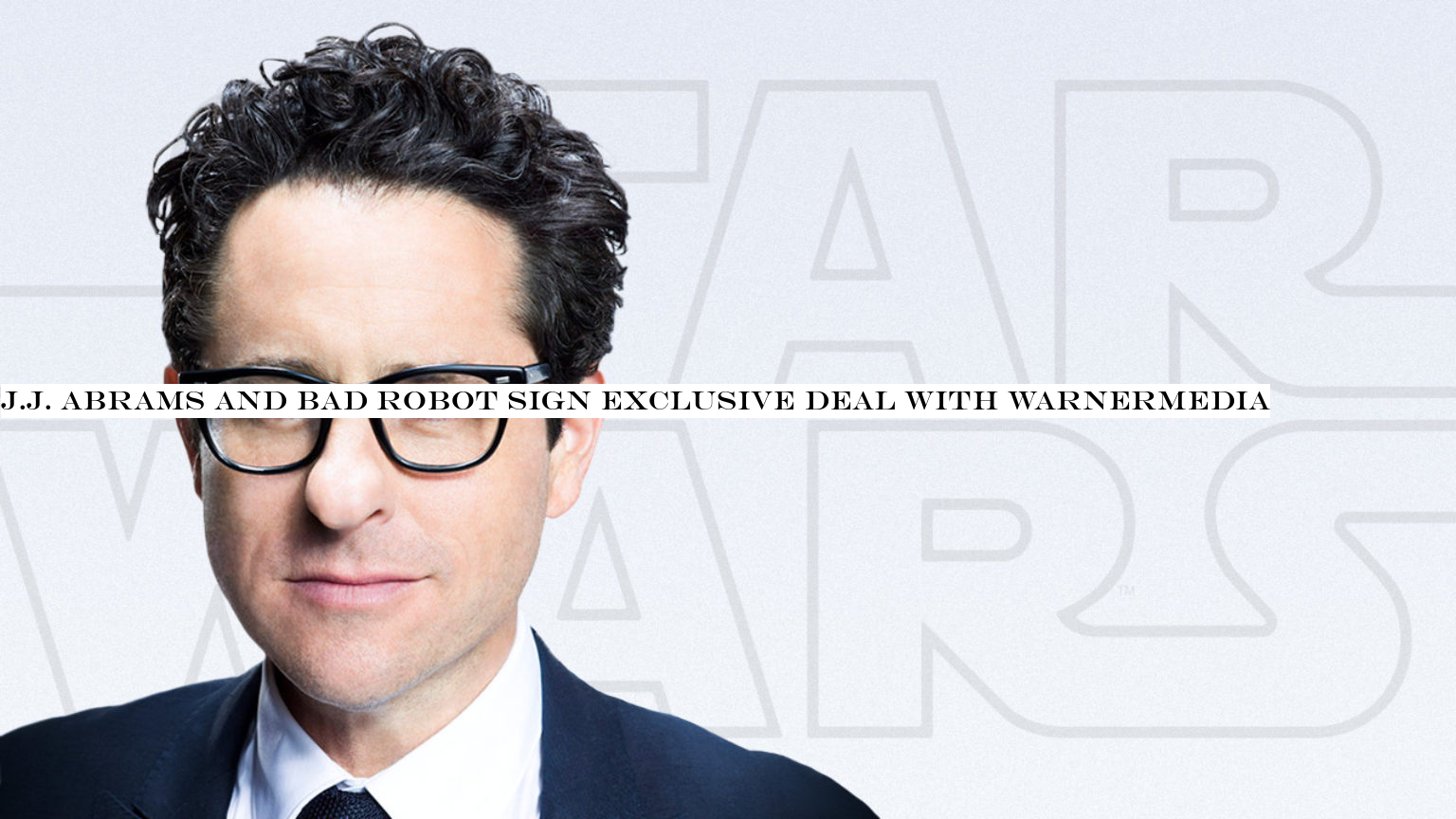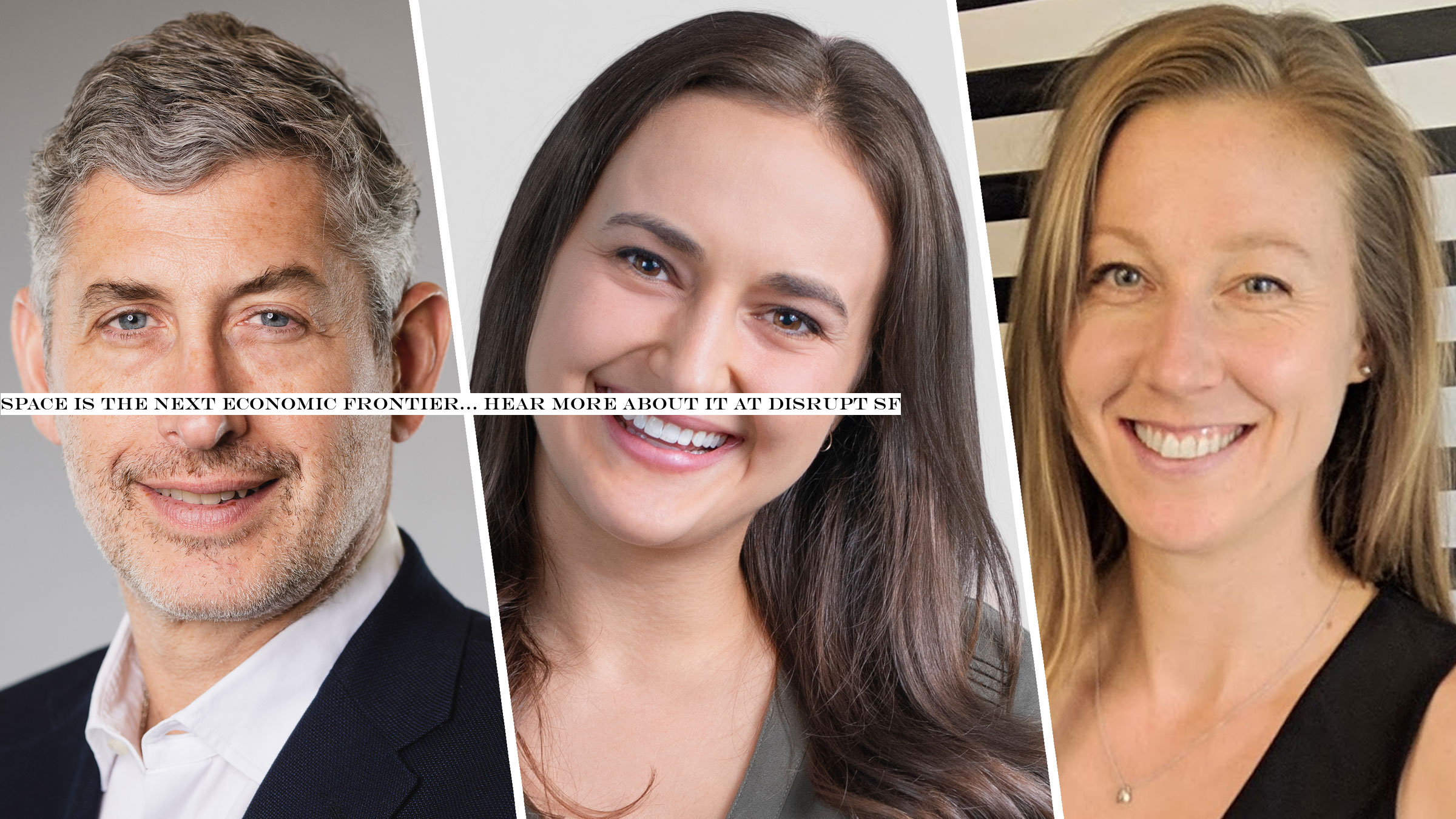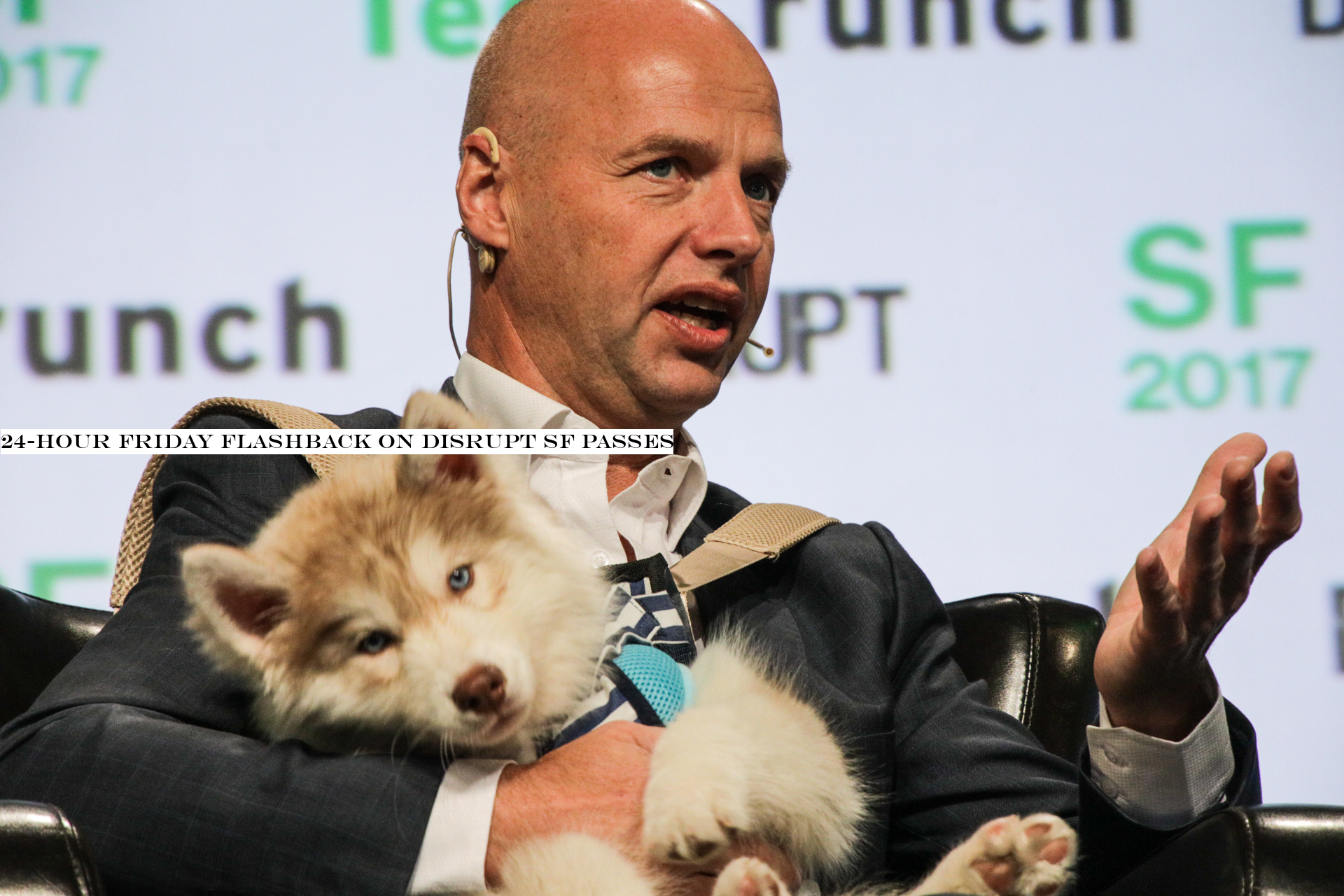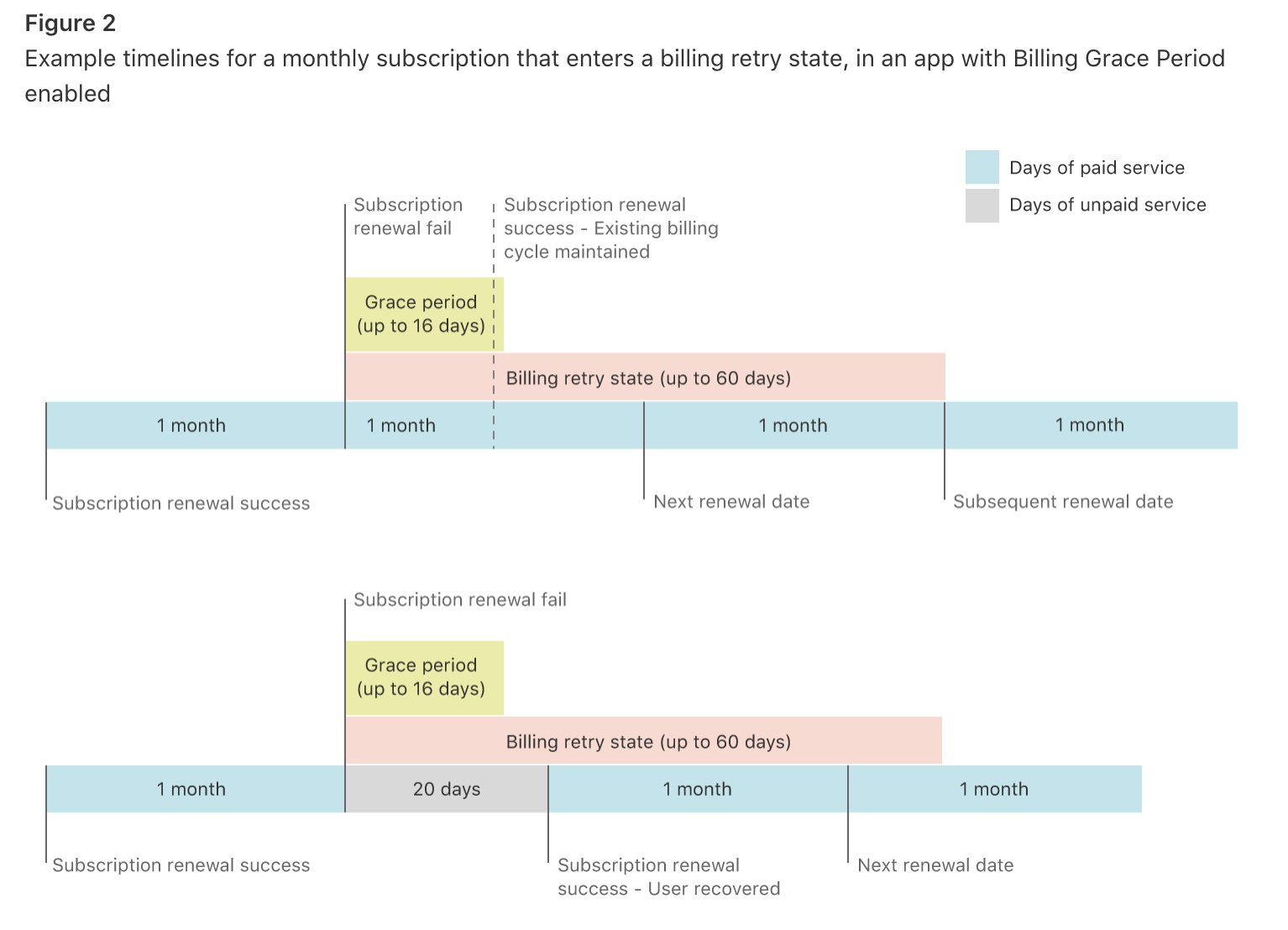Music
Trailers
DailyVideos
India
Pakistan
Afghanistan
Bangladesh
Srilanka
Nepal
Thailand
StockMarket
Business
Technology
Startup
Trending Videos
Coupons
Football
Search
Download App in Playstore
Download App
Best Collections
Technology

After being courted by seemingly every major entertainment and streaming company, Bad Robot has signed an exclusive deal with WarnerMedia.
While the production company — led by Star Wars director J.J. Abrams and his wife/co-CEO Katie McGrath — was already working with Warner Bros. to create shows like &Castle Rock& and &Westworld,& this new deal is an exclusive agreement covering TV, theatrical films, games (it formed a games division with Tencent last year) and content for digital platforms.
&WarnerMedia and AT-T are delighted to launch a long-term collaboration with our world-class partners and colleagues J.J. Abrams and Katie McGrath,& said WarnerMedia CEO John Stankey in a statement. &We are extremely excited about the potential to deliver remarkable and memorable stories and characters across multiple platforms to audiences around the world. J.J., Katie and all of Bad Robot bring extraordinary vision, exquisite filmmaking, and exemplary industry leadership to this endeavor and our company.&
WarnerMedia is planning to launch its streaming service HBO Max next year, and these kinds of exclusive production deals could be an important weapon in the upcoming streaming wars. After all, reclaiming the rights to &Friends& is nice, but subscribers are also going to want fresh content.
Companies like NBCUniversal and Apple were reportedly pursuing a deal with Bad Robot as well. WarnerMedia seemed to emerge as the winner earlier this summer, but the deal wasn&t official until yesterday.
Although the financial terms were not disclosed,The Hollywood Reporter says the deal is worth $250 million.
WarnerMedia says that under this agreement, Bad Robot will make TV shows under the Warner Bros. Television Group umbrella, but it will still be able to sell those shows to &external outlets.& It also says Bad Robot will honor existing feature film commitments at Paramount — and of course, Disney will release Abrams& next film as director, &Star Wars: The Rise of Skywalker.&
- Details
- Category: Technology
Read more: J.J. Abrams and Bad Robot sign exclusive deal with WarnerMedia
Write comment (93 Comments)
For decades space has been the play place for world powers, but the advent of (relatively) cheap and frequent rocket launches has opened it up for new business opportunities. But itstill hard as hell, as early adopters of this orbital economy Tess Hatch of Bessemer Ventures, SwarmSara Spangelo and OneWebAdrian Steckel can attest. They&ll be on the Extra Crunch stage at Disrupt SF 2019 on October 3rd at 1:40 PM.
Spangelo and Steckel are in the midst of launching what have been termed &mega-constellations,& collections of hundreds or thousands of satellites offering a coordinated service (in their cases, global connectivity). These efforts are only possible with the new launch economy, and came hot on its heels, showing thereno reason to wait to put new plans in action.
But such constellations bring their own challenges. Just from an orbital logistics point of view, launching a single satellite so that it enters a unique and predictable trajectory is hard enough; launching a dozen or a hundred at once is more difficult by far. And after launch, how will those satellites be tracked? How will they communicate to the surface and each other? What about the growing risk of collisions?
On top of that are more terrestrial, but no less crucial, questions: What services can be made available from orbit? Whata reasonable amount to spend on them? How will they compete with and accommodate one another? Whose regulations will they follow?
These latter questions are among those that must also be answered by investors like Hatch, who is familiar with both the technical and capital side of the burgeoning space industry (and of course the technical side of the capital side). Space ventures can be extremely expensive and high-risk, but to get your foot in the door at this stage could be the start of a billion-dollar advantage a couple of years down the line.
If you&re planning on getting involved with the new space economy, or are just curious about it, join us for an extended discussion and Q-A on the 3rd.
Disrupt SF runs October 2 to October 4 at the Moscone Center in San Francisco. Tickets are available here, and they just happen to be available at a discount today only.
- Details
- Category: Technology
Read more: Space is the next economic frontier… hear more about it at Disrupt SF
Write comment (95 Comments)YouTube will no longer allow paid views and advertising to influence its YouTube Music Charts, the company announced this morning. Instead, it will calculate its rankings based only on view counts coming from organic plays. In addition, itchanging its methodology for reporting on 24-hour record debuts to also only count views from organic sources, including direct links to the video, search results, Watch Next and Trending — but not video advertising.
The changes come about after multiple reports examined how music labels were spending aggressively on video advertising in order to juice the views of their artists& newly debuted songs.
One report by Rolling Stone detailed how the practice worked, with regard to YouTubeTrueView ads. This form of advertising lets the advertiser, like the artist or the label, play a shortened version of a music video as an advertisement in front of other videos. Under some conditions — like if a YouTube user interacts with the video or watches it for a certain amount of time — it would count toward the videooverall view count.
Bloomberg had also reported on the curious case of Indian rapper Badshah, whose video &Paagal& broke records with 75 million views in a single day — topping a prior record set by Korean boy band BTS. Initially, there were rumors that the label, Sony Music, had used server farms and bots to accomplish this. It later turned out to be paid advertising, which Badshah confessed to on Instagram.
But this was not an uncommon practice — Taylor Swift and Blackpink and many others had done the same, the report said. Badshah had just taken it much further.
The report also said YouTube was considering revising its system, as a result.
Today, YouTube is officially announcing those changes.
&YouTube Music Charts have become an indispensable source for the industry and the most accurate place for measuring the popularity of music listening behavior happening on the worldlargest music platform,& the company explained in a blog post. &In an effort to provide more transparency to the industry and align with the policies of official charting companies such as Billboard and Nielsen, we are no longer counting paid advertising views on YouTube in the YouTube Music Charts calculation. Artists will now be ranked based on view counts from organic plays,& the post read.
The changes impact the 24-hour debuts, plus all of YouTube Musicother charts, including those focused on whatrising, trending and popular, both locally and globally.
Though advertising and non-organic views will no longer contribute to the view count for the purpose of YouTubeMusic Chart rankings, the company says these changes will not impact YouTubeexisting 24-hour record debut holders. That means Badshah and others can continue to tout their &records,& tainted as those claims may now be.
The changes won&t likely mean the end of this sort of music video advertising, however. Ads still remain a great way for users to be exposed to new music which can, in turn, boost organic views as links get clicked, shared, and embedded elsewhere around the web, for example. But it could have a dampening impact on the pay-for-play business and the size of the ad spend.
&Staying true to YouTubeoverall mission of giving everyone a voice and showing them the world, we want to celebrate all artist achievements on YouTube as determined by their global fans. Itthe artists and fans that have made YouTube the best and most accurate measure of the worldlistening tastes, and we intend on keeping it that way,& said YouTube.
- Details
- Category: Technology
Read more: YouTube Music cracks down on rampant chart manipulation with new pay-for-play ban
Write comment (92 Comments)In November 2020, America will go to the polls to vote in perhaps the most consequential election in a generation. The winner will lead the country amid great social, economic and ecological unrest. The 2020 election will be a referendum on both the current White House and the direction of the country at large.
Nearly 20 years into the young century, technology has become a pervasive element in all of our lives, and will continue to only grow more important. Whoever takes the oath of office in January 2021 will have to answer some difficult questions, raging from an impending climate disaster to concerns about job loss at the hands of robotics and automation.
Many of these questions are overlooked in day to day coverage of candidates and during debates. In order to better address the issues, TechCrunch staff has compiled a 10-part questionnaire across a wide range of tech-centric topics. The questions have been sent to national candidates, regardless of party. We will be publishing the answers as we receive them. Candidates are not required to answer all 10 in order for us to publish, but we will be noting which answers have been left blank.
First up is former Congressman John Delaney. Prior to being elected to Maryland6th Congressional District, Delaney co-founded and led healthcare loan service Health Care Financial Partners (HCFP) and commercial lender CapitalSource. He was elected to Congress in 2013, beating out a 10-term Republican incumbent. Rumored to be running against Maryland governor Larry Hogan for a 2018 bid, Delaney instead announced plans to run for president in 2020.
1. Which initiatives will you prioritize to limit humankindimpact on climate and avoid potential climate catastrophe?
My $4 trillion Climate Plan will enable us to reach the goal of net zero emissions by 2050, which the IPCC says is the necessary target to avoid the worst effects of climate change. The centerpiece of my plan is a carbon-fee-and-dividend that will put a price on carbon emissions and return the money to the American people through a dividend. My plan also includes increased federal funding for renewable energy research, advanced nuclear technologies, direct air capture, a new Climate Corps program, and the construction of the Carbon Throughway, which would transport captured carbon from all over the country to the Permian Basin for reuse and permanent sequestration.
2. What is your plan to increase black and Latinx startup founders& access to funding?
As a former entrepreneur who started two companies that went on to be publicly traded, I am a firm believer in the importance of entrepreneurship. To ensure people from all backgrounds have the support they need to start a new business, I will create nonprofit banks to serve economically distressed communities, launch a new SBIC program to help provide access to capital to minority entrepreneurs, and create a grant program to fund business incubators and accelerators at HBCUs. Additionally, I pledge to appoint an Entrepreneurship Czar who will be responsible for promoting entrepreneurship-friendly policies at all levels of government and encouraging entrepreneurship in rural and urban communities that have been left behind by venture capital investment.
3. Why do you think low-income students are underrepresented in STEM fields and how do you think the government can help fix that problem?
I think a major part of the problem is that schools serving low-income communities don&t have the resources they need to provide a quality STEM education to every student. To fix that, I have an education plan that will increase investment in STEM education and use Title I funding to eliminate the $23 billion annual funding gap between predominantly white and predominantly black school districts. To encourage students to continue their education after they graduate from high school and ensure every student learns the skills they need, my plan also provides two years of free in-state tuition and fees at a public university, community college, or technical school to everyone who completes one year of my mandatory national service program.
4. Do you plan on backing and rolling out paper-only ballots or paper-verified election machines? With many stakeholders in the private sector and the government, how do you aim to coordinate and achieve that?
Making sure that our elections are secure is vital, and I think using voting machines that create a voter-verified paper record could improve security and increase voters& confidence in the integrity of our elections. To address other facets of the election security issue, I have proposed creating a Department of Cybersecurity to help protect our election systems, and while in Congress I introduced election security legislation to ensure that election vendors are solely owned and controlled by American citizens.
5. What, if any, federal regulation should be enacted for autonomous vehicles?
I was proud to be the founder of the Congressional Artificial Intelligence Caucus, a bipartisan group of lawmakers dedicated to understanding the impacts of advances in AI technology and educating other legislators so they have the knowledge they need to enact policies that ensure these innovations benefit Americans. We need to use the legislative process to have a real conversation involving experts and other stakeholders in order to develop a comprehensive set of regulations regarding autonomous vehicles, which should include standards that address data collection practices and other privacy issues as well as more fundamental questions about public safety.
6. How do you plan to achieve and maintain U.S. superiority in space, both in government programs and private industry?
Space exploration is tremendously important to me as a former Congressman from Maryland, the home of NASAGoddard Space Flight Center, major space research centers at the University of Maryland, and many companies that develop crucial aerospace technologies. As president, I will support the NASA budget and will continue to encourage innovation in the private sector.
7. Increased capital in startups founded by American entrepreneurs is a net positive, but should the U.S. allow its businesses to be part-owned by foreign governments, particularly the government of Saudi Arabia?
I am concerned that joint ventures between U.S. businesses and foreign governments, including state-owned enterprises, could facilitate the theft of intellectual property, potentially allowing foreign governments to benefit from taxpayer-funded research. We need to put in place greater protections that defend American innovation from theft.
8. Will U.S.-China technology decoupling harm or benefit U.S. innovation and why?
In general, I am in favor of international technology cooperation but in the case of China, it engages in predatory economic behavior and disregards international rules. Intellectual property theft has become a big problem for American businesses as China allows its companies to steal IP through joint ventures. In theory, U.S.-China collaboration could advance technology and innovation but without proper IP and economic protections, U.S.-China joint ventures and partnerships can be detrimental to the U.S.
9. How large a threat does automation represent to American jobs? Do you have a plan to help train low-skilled workers and otherwise offset job loss?
Automation could lead to the disruption of up to 54 million American jobs if we aren&t prepared and we don&t have the right policies. To help American workers transition to the high-tech, high-skill future economy, I am calling for a national AI strategy that will support public/private AI partnerships, develop a social contract with the communities that are negatively impacted by technology and globalization, and create updated education and job training programs that will help students and those currently in the workforce learn the skills they need.
To help provide jobs to displaced workers and drive economic growth in communities that suffer negative effects from automation, I have proposed a $2 trillion infrastructure plan that would create an infrastructure bank to facilitate state and local government investment, increase the Highway Trust Fund, create a Climate Infrastructure Fund, and create five new matching funds to support water infrastructure, school infrastructure, deferred maintenance projects, rural broadband, and infrastructure projects in disadvantaged communities in urban and rural areas. In addition, my proposed national service program will create new opportunities that allow young adults to learn new skills and gain valuable work experience. For example, my proposal includes a new national infrastructure apprenticeship program that will award a professional certificate proving mastery of particular skill sets for those who complete the program.
10. What steps will you take to restore net neutrality and assure internet users that their traffic and data are safe from manipulation by broadband providers?
I support the Save Net Neutrality Act to restore net neutrality, and I will appoint FCC commissioners who are committed to maintaining a fair and open internet. Additionally, I would work with Congress to update our digital privacy laws and regulations to protect consumers, especially children, from their data being collected without consent.

- Details
- Category: Technology
Read more: Ten questions for 2020 presidential candidate John Delaney
Write comment (94 Comments)We here at TechCrunch love a good flashback, like when Sebastian Thrunpuppy, Charlie, was in the spotlight during Thrunfireside chat at Disrupt SF a few years ago.

Sebastian Thrun (Udacity) at TechCrunch Disrupt SF 2017
Since then, the serial entrepreneur and inventor seems to have doubled down on his vision of the future of transportation with his current flying car company, Kitty Hawk Corporation. Thrun is working on bringing two aircraft to market — the one-person Flyer and a two-person autonomous taxi called Cora. He (along with a stellar lineup of startup leaders) will be at Disrupt SF this year to give a behind the scenes look at Kitty Hawk and what the future of flight might look like.
In this same vein, we&re doing our own Flashback Friday by rolling back to early-bird prices for Disrupt SF. For today only, you&ll have the chance to save up to $1,300 on your pass, with even bigger savings when you bring your whole team along for the ride. Need more reasons to attend? We&ll give you five.
The excitement of Disrupt SF begins in just a few short weeks — don&t let this chance to attend the largest startup conference in Silicon Valley pass you by — register today. Who knows, we might even have a chance to see Charlie return to the limelight.
- Details
- Category: Technology
Read more: 24-hour Friday flashback on Disrupt SF passes
Write comment (97 Comments)Apple is changing how subscriptions work on its App Store. Before, any lapse in payment could cut off the customer from being able to use the appsubscription-based features — and make it more difficult for the developer to reacquire that customerbusiness in the future. Now, Apple says developers will have the option to instead offer a &grace period& for auto-renewable subscriptions, which gives Apple more time to collect payment on the developerbehalf.
Lapsed payments can occur for many reasons — like expired credit cards, changes in addresses requiring an update of the billing ZIP code, corporate cards getting shut off because your companyexpense program is ridiculous (ahem), credit cards that get disabled by the bank and so on. This sort of involuntary churn means developers were losing out on revenue not because the customer had wanted to end their subscription, but because of a simple billing issue.
The new Grace Period — which is opt-in, not opt-out on the developerpart — is enabled from App Store Connect, where developers manage their apps. Here, you can navigate to &My Apps,& then in the toolbar click Features &> In-App Purchases, and in the new Billing Grace Period section, click &Turn On.&

Of course, therea bit more to it than that when it comes to actually integrating support in the app itself, but for many developers, it may be worth the extra effort to more easily retain their customers going forward.
According to Jacob Eiting, the CEO of in-app subscription startup RevenueCat, those implementation difficulties could turn off some developers.
&Grace period on iOS would be a big win for users, but the fact that developers have to opt-in and build server-side support means that practically few apps will get around to supporting it,& he predicts. Plus, he points out that Apple is playing catch up, as Google Play has supported grace periods since 2018.
&Googleimplementation just works, developers don&t need to write additional code,& Eiting added. &However, as always, I&m glad to see Apple investing in the subscription experience on iOS. Itthe best way for app developers to monetize and creates much better alignment between developers and users than any other strategy,& he said.
Once enabled, Appledocumentation says it will attempt to collect payment for either six or 16 days, depending on whether the subscription duration is weekly or monthly or longer, respectively. Meanwhile, the customer retains full access to the apppaid content.
If the subscription is renewed within this period, there won&t be any interruption to the days of paid service or to the developerrevenue.
If the user resubscribes after 60 days, the days of paid service will reset and the developer will receive 70% of the subscription price until one year of paid service passes. (After the first year, Apple cuts its revenue share, allowing developers to retain 85% of the subscription.)
Subscription revenue is critical to developers, as the App Store has shifted away from paid downloads toward recurring revenue streams.
According to data from Sensor Tower, 70% of the top 100 grossing iOS apps last month were subscription-based and accounted for 81% of revenue. Thatup from 42% of the top 100 apps five years ago in August 2015 which accounted for 54% of revenue.
For developers, subscriptions mean a more sustainable business. And for Apple, subscriptions are a huge part of its growing &services& business, which includes App Store revenues, along with its own subscriptions like Apple Card, iCloud, Apple Music, Apple News+, Apple TV+ and its Apple Pay business.
In Q3, services revenue increased 13% to $11.46 billion from $10.17 billion a year earlier, and now accounts for a fifth of Applerevenue.As Apple now has a growing line of subscription products of its own, it makes sense that it would want to better design the overall subscription offering to make it easier to handle common billing problems, too.
- Details
- Category: Technology
Read more: Apple introduces a ‘grace period’ for lapsed App Store subscriptions
Write comment (94 Comments)Page 906 of 5614

 14
14





